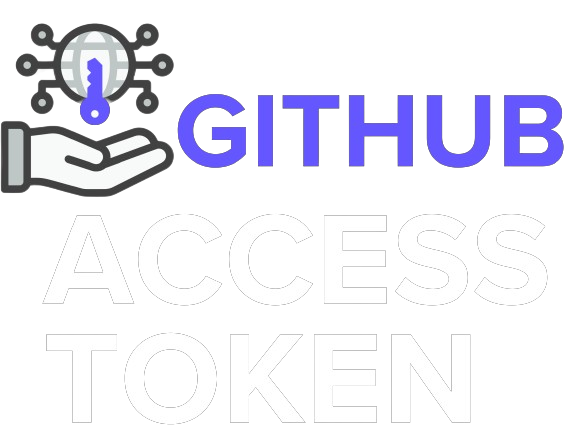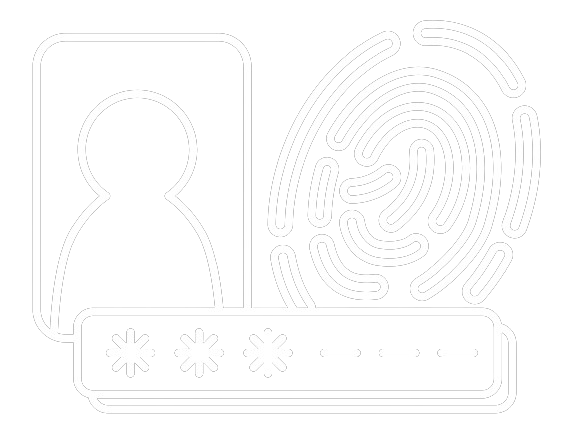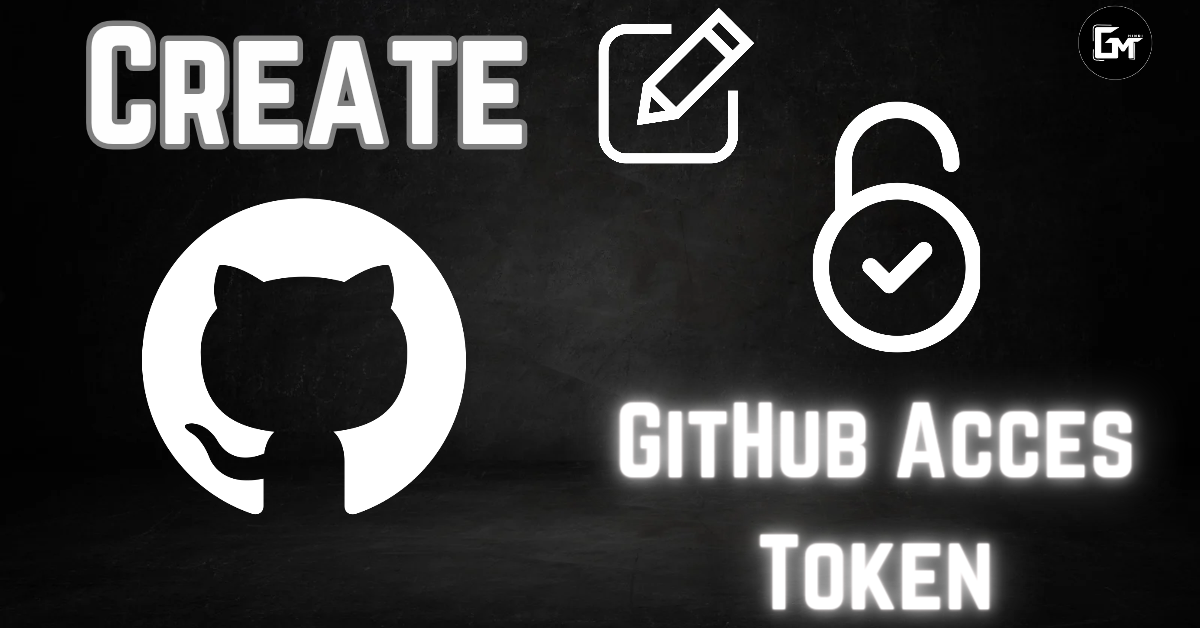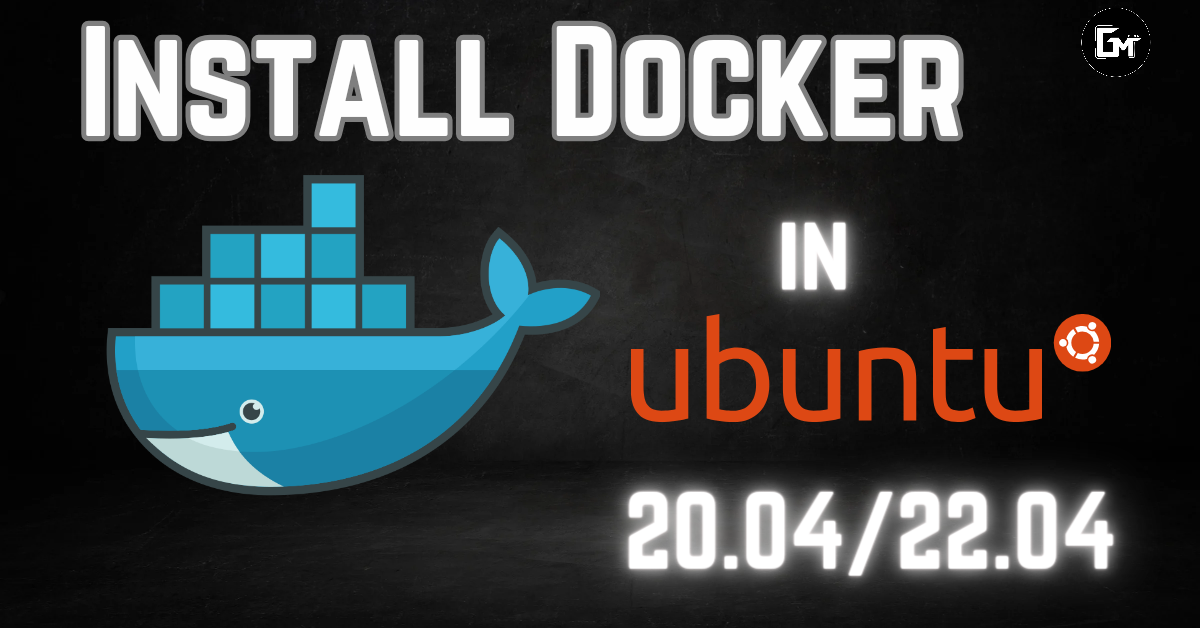Introduction:
Welcome to GreyMatter’s Tech Blog! In today’s post, we’ll delve into a valuable method for generating private tokens to access GitHub repositories without exposing sensitive information. This approach provides a secure way to clone repositories, addressing the growing concerns surrounding credential leaks and repository security.
GitHub Repository Security Concerns:
As the popularity of hosting websites on platforms like GitHub grows, so does the risk associated with exposing environment variables within repositories. When hosting services, like Heroku, stop, public posts can inadvertently reveal conflicts and potentially leak credentials. To counter these risks, we’ve discovered a method to clone repositories privately.
Cloning GitHub Repositories Privately:
Follow these steps to clone GitHub repositories privately:
- Create a Secondary GitHub Account:
- Establish a secondary GitHub account dedicated to holding private repositories.
- Configure Repository Settings:
- Sign in to your secondary account and create repositories with private access.
- Access GitHub Developer Settings:
- Open PowerShell or your preferred terminal on your local machine.
- Navigate to the desired directory for cloning.
- Generate a Private Token:
- Access the repository settings on GitHub.
- Scroll down to “Developer settings” and click on “Personal access tokens.”
- Choose a name and customize the expiration date for the token.
- Select the required scopes and click “Generate token.”
Cloning a Repository with the Private Token:
Once you’ve generated the private token, securely clone the repository:
- Copy the Repository’s Clone Link:
- Copy the repository’s clone link from GitHub.
- Clone the Repository:
- Open your terminal and navigate to the desired directory.
- Use the
git clonecommand followed by the repository’s clone link. - Specify the location where you want to clone the repository.
Advanced Cloning with Private Tokens:
Taking the process further, let’s explore advanced steps for efficient repository cloning:
- Automate Cloning Process:
- Consider automating the cloning process by incorporating the private token into scripts. This streamlines repetitive tasks and enhances efficiency.
- Secure Token Storage:
- Ensure secure storage of generated tokens. Avoid hardcoding tokens directly into scripts to prevent accidental exposure. Consider using environment variables or secure storage mechanisms.
- Token Expiry Management:
- Regularly review and manage token expirations. Set reminders to renew tokens before they expire to maintain uninterrupted access to repositories.
- Version Control Integration:
- Integrate token management into your version control system. This ensures that changes to access tokens are tracked, providing an additional layer of security.
- Monitoring Repository Access:
- Implement monitoring tools to track repository access. This helps in identifying any unusual activities or potential security breaches promptly.
- Educate Your Team:
- If working in a team, educate team members on best practices for token usage and repository cloning. Foster a culture of security awareness to collectively mitigate risks.
Exploring Token Scopes for Enhanced Security:
- Fine-Tune Token Scopes:
- To further enhance security, review and fine-tune the scopes granted to each token. Only provide the necessary permissions required for specific tasks, minimizing potential risks associated with broader access.
- Two-Factor Authentication (2FA):
- Strengthen your GitHub account security by enabling Two-Factor Authentication. This adds an extra layer of protection, especially crucial when dealing with tokens that grant repository access.
Best Practices for Token Usage:
- Rotate Tokens Regularly:
- Implement a token rotation policy to regularly update and replace existing tokens. This practice minimizes the risk associated with prolonged token usage.
- Store Tokens Securely:
- Follow best practices for secure token storage. Avoid storing tokens in plaintext or insecure locations. Utilize secure credential management tools or encrypted storage methods.
- Audit Token Usage:
- Conduct periodic audits of token usage. GitHub provides tools to review token activity, allowing you to identify any suspicious or unauthorized access promptly.

Contributing to a Secure Development Environment:
- Community Engagement:
- Engage with the GitHub community to stay informed about the latest security practices and updates. Actively participate in discussions and share your experiences to contribute to a more secure development ecosystem.
- Report Vulnerabilities Responsibly:
- If you discover vulnerabilities in repositories or tools, responsibly disclose them to the relevant parties. This collaborative approach helps maintain a secure and trustworthy GitHub environment.
Continuous Improvement and Collaboration:
- Implement Continuous Integration (CI):
- Integrate token management into your CI/CD pipelines. This ensures that the latest security practices are applied automatically during the development and deployment processes, promoting a more seamless and secure workflow.
- Collaborate with Security Teams:
- Foster collaboration between development and security teams. Regularly communicate and share insights to align on security policies, ensuring a unified approach to repository access management.
- Security Training for Teams:
- Conduct regular security training sessions for your development teams. Empower team members with the knowledge to identify and respond to potential security threats effectively.
Adapting to Future Challenges:
- Stay Informed About GitHub Updates:
- GitHub evolves, introducing new features and security enhancements. Stay informed about platform updates and adapt your security practices accordingly to leverage the latest advancements.
- Explore Third-Party Security Tools:
- Consider integrating third-party security tools that specialize in GitHub repository analysis. These tools can provide additional layers of protection and help identify vulnerabilities.
Empowering Open Source Security:
- Support Open Source Security Initiatives:
- Contribute to and support open source security initiatives. By actively participating in the community, you help build a collective defense against potential threats and vulnerabilities.
- Share Security Best Practices:
- Share your security best practices within your development community. Whether through blog posts, workshops, or webinars, contributing your insights helps elevate the overall security posture of the entire community.
Looking Ahead: Future Trends in Repository Security:
- Decentralized Identity and Access Management:
- Stay abreast of emerging trends in decentralized identity and access management. Technologies such as decentralized identifiers (DIDs) and verifiable credentials might play a pivotal role in enhancing repository access security.
- AI-Driven Threat Detection:
- Explore the integration of AI-driven threat detection mechanisms. Machine learning algorithms can analyze patterns and behaviors, providing an additional layer of defense against potential security threats.
A Call to Action:
- Engage in Security Forums:
- Actively participate in security forums and discussions within the GitHub and broader developer community. Share your experiences, seek advice, and contribute to the collective knowledge that fortifies the digital landscape.
- Encourage Responsible Security Practices:
- Advocate for responsible security practices among your peers and within your organization. Encouraging a culture of security awareness is key to building a resilient and secure development environment.
Community-Driven Security Metrics:
- Contribute to Security Metrics Development:
- Participate in the development of community-driven security metrics. Collaborate with industry experts to establish standardized metrics that can be used to assess and improve the security posture of GitHub repositories.
- Promote Transparency:
- Advocate for transparency in security practices. Share relevant security metrics with your community and stakeholders, fostering a culture of openness and continuous improvement.
Building a Resilient Ecosystem:
- Explore Blockchain for Integrity Verification:
- Investigate the use of blockchain technology for integrity verification. Blockchain can offer an immutable record of repository changes, ensuring the authenticity and integrity of your codebase.
- Engage in Security Bug Bounty Programs:
- Consider participating in or establishing security bug bounty programs. Encouraging responsible disclosure of security vulnerabilities helps identify and address potential threats before they can be exploited.
Global Collaboration for Secure Code:
- Cross-Platform Collaboration:
- Extend your security practices beyond GitHub to encompass a broader range of platforms and repositories. Embrace cross-platform collaboration to create a more comprehensive and unified approach to secure coding.
- Interdisciplinary Collaboration:
- Foster interdisciplinary collaboration between security experts, developers, and researchers. Solutions to emerging security challenges often require a diverse set of skills and perspectives.
A Vision for Secure Development:
- Continued Commitment:
- Maintain a steadfast commitment to secure development practices. As technology evolves, so should our dedication to staying ahead of potential threats and vulnerabilities.
- Innovate Responsibly:
- Embrace innovation responsibly, considering the security implications of new technologies. Strive for a balance between progress and security, ensuring that your innovations contribute to a safer digital environment.
Sustainable Security Practices:
- Integrate Sustainability into Security:
- Consider the long-term sustainability of your security practices. Aim for solutions that can adapt to changing threats and technologies, ensuring the ongoing protection of your repositories.
- Automate Security Checks:
- Implement automated security checks as part of your development pipeline. Continuous integration tools can automatically scan code for vulnerabilities, providing real-time feedback to developers.
User Education and Empowerment:
- User-Friendly Security Resources:
- Develop user-friendly security resources for your development community. Clear documentation, tutorials, and guidelines empower users to adopt secure coding practices without unnecessary complexity.
- Interactive Security Workshops:
- Organize interactive security workshops to engage your community directly. Hands-on experiences and real-world examples can significantly enhance participants’ understanding and retention of security principles.

Open Source Security Frameworks:
- Adopt Open Source Security Frameworks:
- Explore and adopt open-source security frameworks for your projects. Leveraging established frameworks streamlines the implementation of security best practices and ensures a robust defense against common vulnerabilities.
- Security Reviews and Audits:
- Conduct regular security reviews and audits of your repositories. Periodic assessments, both internal and external, can uncover potential weaknesses and allow for timely remediation.
Global Collaboration for a Secure Codebase:
- International Security Standards:
- Advocate for and contribute to the development of international security standards. Collaborate with organizations and communities worldwide to establish a universally accepted framework for secure coding.
- Crisis Response Planning:
- Develop crisis response plans for security incidents. Having a well-defined strategy in place ensures a swift and coordinated response to mitigate the impact of security breaches.
Embracing Diversity in Security:
- Diverse Perspectives in Security:
- Recognize the importance of diversity in security discussions. Inclusive perspectives bring a wealth of ideas and approaches that can uncover novel solutions to complex security challenges.
- Security Mentorship Programs:
- Establish mentorship programs for security within your community. Supporting the growth of security experts ensures a sustainable pipeline of talent committed to safeguarding the digital landscape.
Conclusion:
Thank you for navigating this comprehensive guide on advanced GitHub repository security. As you continue your journey in the dynamic realm of technology, may your commitment to security serve as a beacon for others.
Stay connected with GreyMatter’s Tech Blog for ongoing insights into secure coding practices and emerging trends. Your contributions to a secure and innovative future are invaluable.
Happy coding, and may your codebase stand resilient in the face of evolving security challenges!
Resources and Further Reading:
To continue your journey and deepen your knowledge, here are some additional resources and further reading recommendations:
- Unlock the Secrets to Telegram Success: Discover the ultimate Telegram strategies that top channels use to skyrocket their success. Learn how to optimize your channel, engage your audience, and climb the ranks. Maximize your impact on Telegram with expert insights and techniques. Don’t miss out – start your journey to channel dominance now!
- How to create a Welcome Message for Telegram Groups: Explore the features of Telegram’s Group Management Bot. Learn to craft an engaging welcome message, utilize formatting options, and enhance your group’s experience. Stay informed about upcoming features!
- Top 10 Telegram Bots You Didn’t Know You Needed: Explore a curated list of must-have Telegram bots that add convenience and fun to your messaging experience. Discover hidden gems that cater to various interests.
- Telegram vs. WhatsApp: Choosing the Right Messaging App for You: Gain a comprehensive understanding of Telegram group analytics. This article explores the metrics available, their significance, and how to use insights to enhance group dynamics.
- Telegram Bot Security: Ensuring a Safe Interaction: Dive into the world of Telegram bot security measures. Understand the best practices to keep your interactions secure and protect your data.
Remember to check the video for visual references and additional tips
WATCH NEXT:
- Most useful PDF Telegram Robot: https://youtu.be/1AowsKj7QR0
- How to convert any webpage & URL into PDF/Text/JSON/HTML Format: https://youtu.be/aKJPvo0xU9Q
- Remove Any Image Background in 1 Second: https://youtu.be/LXQhX_1z3YI
- How to Transcribe Audio to Text in ANY Language for FREE: https://youtu.be/4i6N-zp7nHA
- Watch this YouTube Series & Learn How to make any Telegram Bot: https://youtube.com/playlist?list=PLOG8wGoPqKltAHm_U2JKHVFzHVgHYt_79
My GEARS 👇
- 💻 Laptop :- https://amzn.to/3oLDTSQ
- 🎤 Microphone :- https://amzn.to/41Bz2lY
- 👓 Eye Protections Glasses :- https://amzn.to/3q0GdX3
- 📶 WiFi Router :- https://amzn.to/3MvAIHw
- 🔌 WiFi Cable :- https://amzn.to/3Mrt295
- 📕 The book that inspired me to start this journey :- https://amzn.to/43dyrHn





